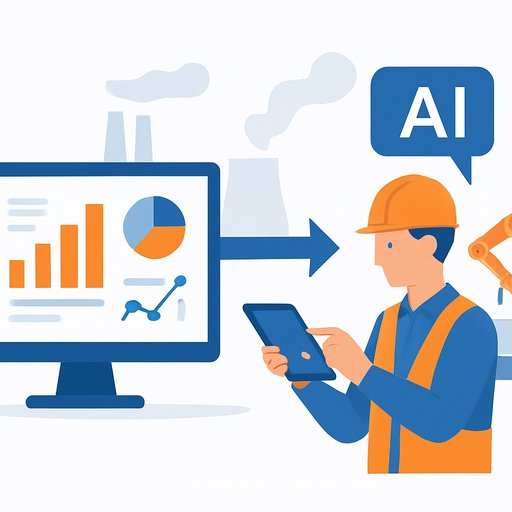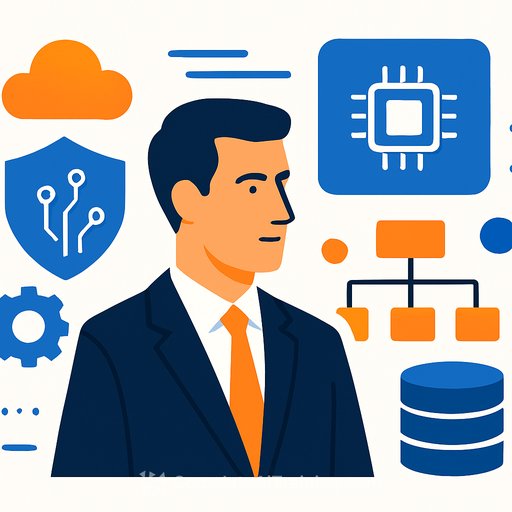AI Beyond AIOps: How agentic AI rewrites digital and IT operations
Teams have spent years trying to squeeze value from AIOps. Correlate alerts, detect anomalies, reduce noise - decent progress, limited payoff. The next leap isn't better dashboards. It's agents that observe, decide, and act - without creating new silos.
That was the core message from Fabrix.ai leaders Bhaskar Krishnamsetty (chief product officer), Rached Blili (distinguished engineer) and Shailesh Manjrekar (chief AI and marketing officer) in a conversation with theCUBE's Bob Laliberte and Zeus Kerravala at the "Agentic AI Unleashed: The Future of Digital & IT Operations" event.
Why classic AIOps stalled
Early platforms took months just to wire up data sources. Ingestion, correlation and anomaly detection improved, but the hard part - root cause, change execution, and remediation - stayed manual or semi-automated.
As Krishnamsetty put it, the real goal is end-to-end: ingestion to detection to resolution. Agentic AI is the missing link for that last mile.
What agentic AI looks like in operations
Think domain agents - SecOps, CloudOps, FinOps - each acting like an intelligent operator. They pull telemetry, assess system state, recommend or execute changes, and keep humans in control.
The SecOps agent example is practical: read exposures, map them to configurations, log in to devices, verify settings, and, if needed, create change requests or remediate directly. Human-in-the-loop is configurable at every step.
Avoid the new silo trap
Many teams are spinning up isolated copilots and point agents. That recreates the same fragmentation AIOps tried to solve. The shift is from "a bunch of bots" to a coordinated system with shared context, policies and audit.
A practical playbook for operations leaders
- Start small, high value: Vulnerability validation and patching, cloud drift correction, noisy alert suppression with auto-ticket enrichment.
- Lay a common substrate: Unified telemetry bus, tool adapters, action runners, secrets management, RBAC, approvals and full audit trails.
- Set trust tiers: Propose → simulate → approve → execute. Use change windows and policy guards for risky actions.
- Codify runbooks: Turn SOPs into agent policies and action plans. Keep humans in the loop for exceptions.
- Measure what matters: MTTD, MTTR, percent auto-remediated, false-positive rate, incidents prevented, and toil hours removed.
- Safety and compliance: Least-privilege access, immutable logs, versioned policies, and separation of duties.
- Scale the model: Move from a single agent to multi-agent teams with an orchestrator, shared memory, RAG over runbooks, and learning from postmortems.
Where agents deliver fast wins
- SecOps: Misconfig checks, vuln validation, patch approvals and rollback plans.
- CloudOps: Drift detection, rightsizing, tag enforcement, orphaned resource cleanup.
- FinOps: Cost anomaly triage, commitment management, unused resource shutdowns with policy checks.
- ServiceOps: Ticket enrichment, RCA assistance, change validation against dependencies.
Architecture essentials
- Agent orchestrator: Coordinates tasks, resolves conflicts, and enforces policies.
- Shared memory and context: Facts, states and decisions available across agents.
- Tool adapters: ITSM, CMDB, SIEM, EDR, CI/CD, cloud providers and infra APIs.
- Simulation/sandbox: Dry runs before production execution.
- Policy and approvals: Guardrails for scope, blast radius and escalation.
- Observability fabric: Logs, metrics and traces feeding agent decisions.
What Fabrix.ai is proposing
Fabrix.ai positions agents as digital operators across security, cloud and finance domains that work together - not as isolated copilots. The SecOps example shows the flow: detect exposure, verify configuration, and either create change requests or take corrective action with optional approvals. The emphasis is on operationalizing at scale with shared guardrails.
Adoption checklist
- Inventory your top 5 runbooks with the most hours spent and highest risk.
- Establish read-only mode first, then human approval, then limited auto-remediation.
- Define audit requirements and who signs off on policy changes.
- Train responders on when to override, roll back or escalate agent actions.
- Set quarterly targets for toil reduction and incident outcomes.
The conversation took place during the "Agentic AI Unleashed: The Future of Digital & IT Operations" event, part of SiliconANGLE Media's theCUBE coverage. theCUBE served as a paid media partner for the event; sponsors did not control editorial content.
If you want the broader context of what AIOps covers and why it fell short in many shops, this overview is helpful: AIOps on Wikipedia.
Looking to upskill your team on agent workflows and automation guardrails? Explore this program: AI Automation Certification.
Your membership also unlocks:






